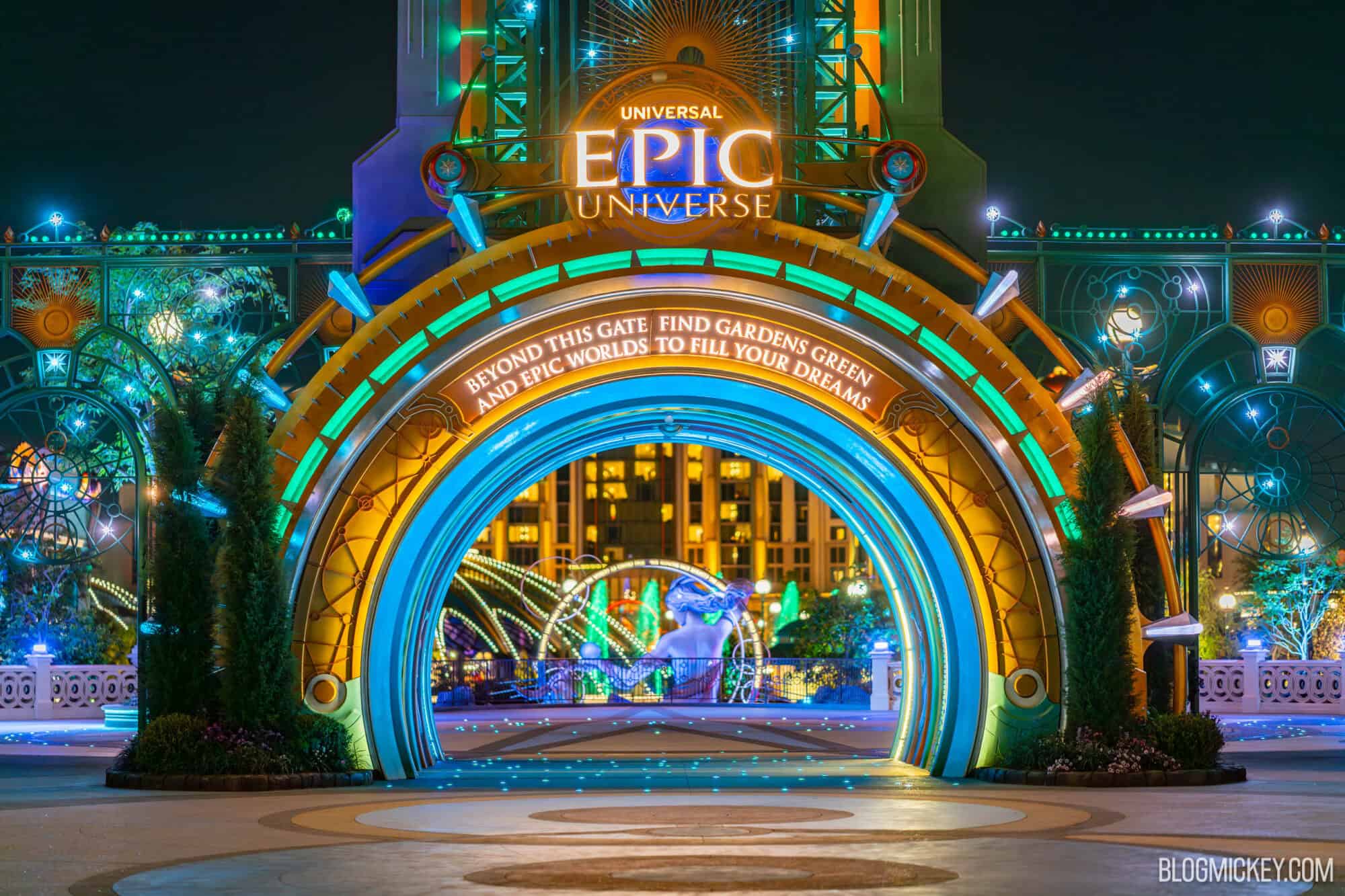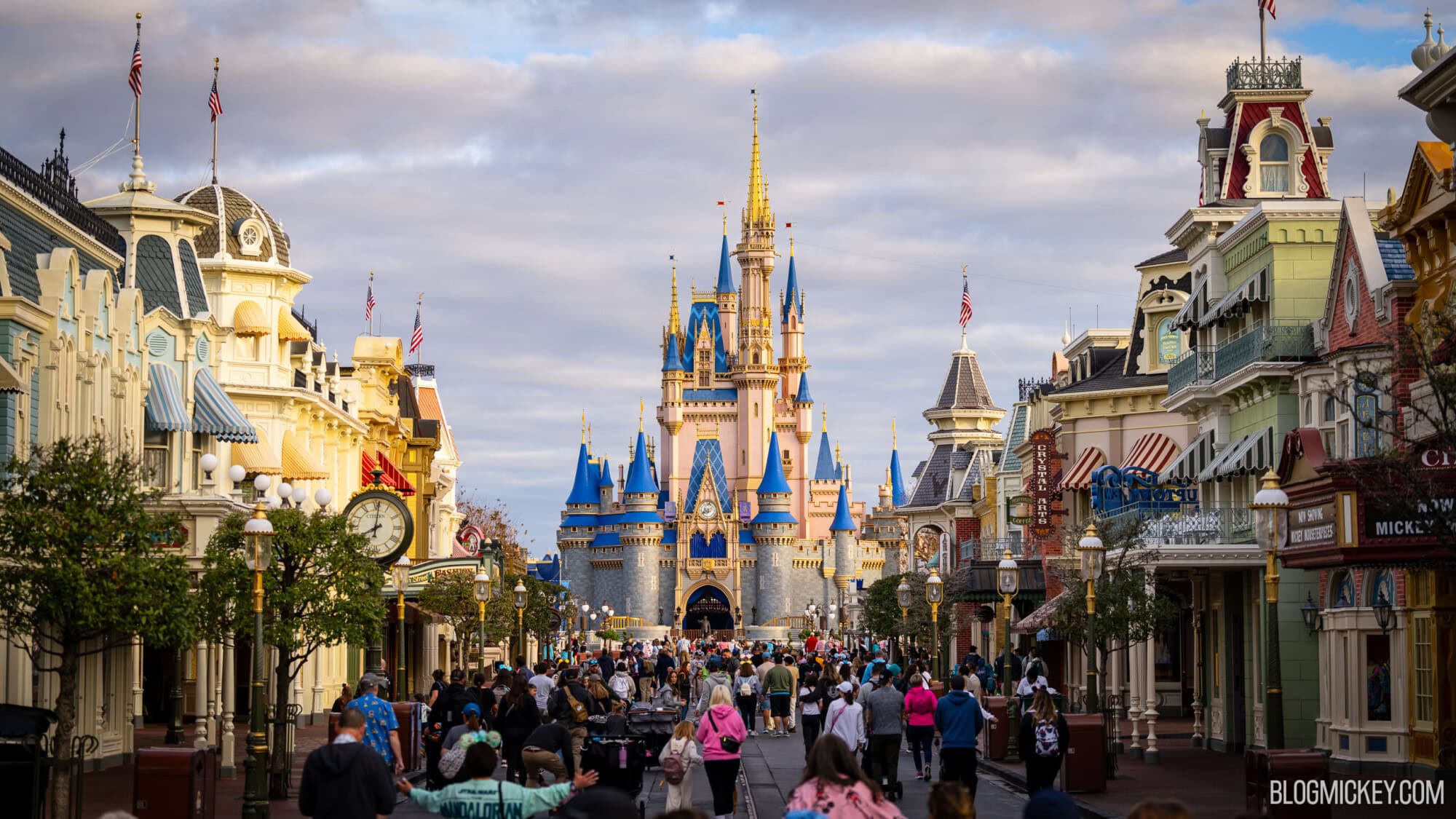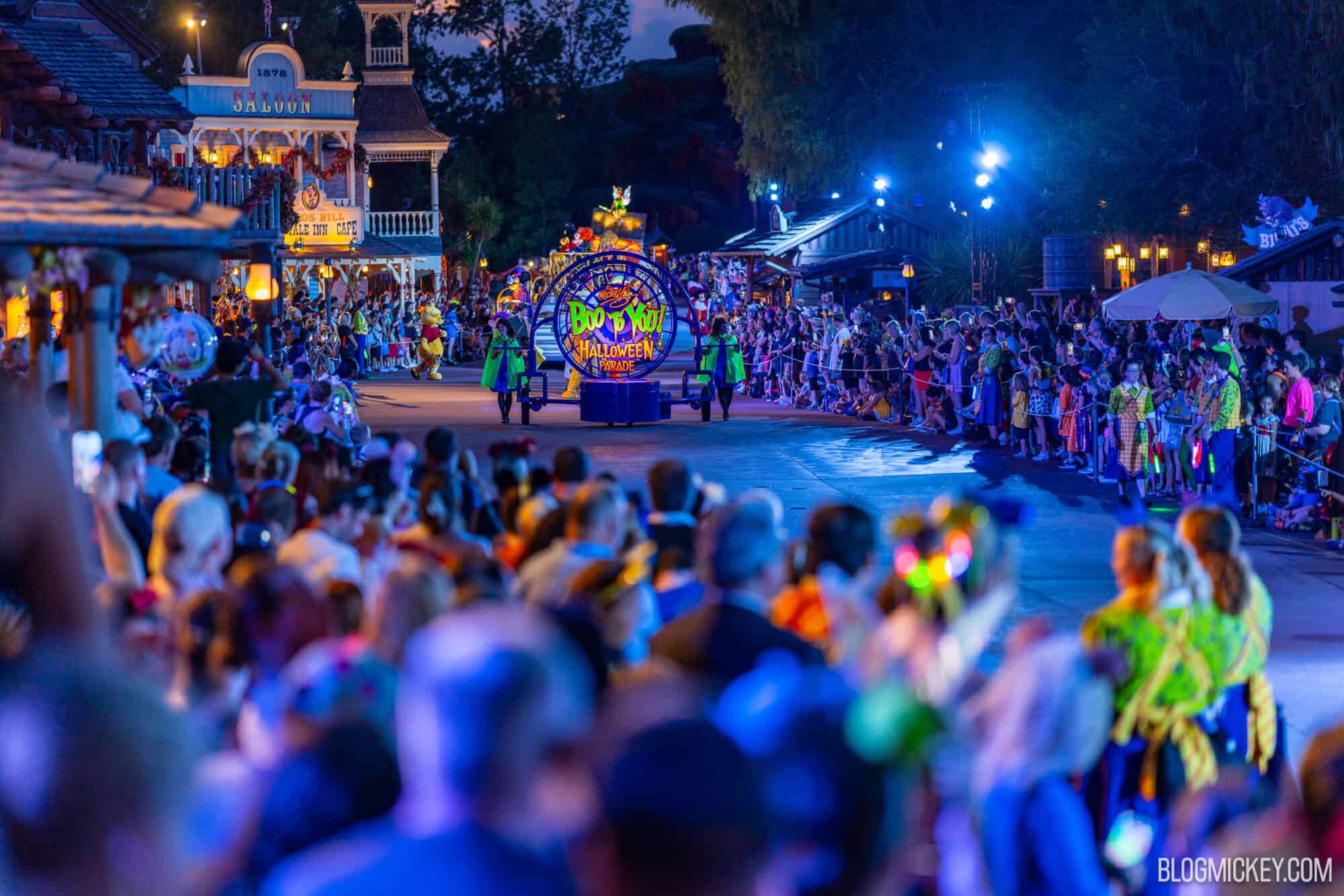A new report from Forbes says that spending at U.S. theme parks was down 5% this summer, but not at Disney or Universal theme parks, which were propped up by upper-class tourists. The drop in spending this summer was due to lower- and middle-income vacationers who earn less than $100,000 per year. The report says that Disney theme parks saw an 8% increase in spending, while Universal enjoyed a 22% bump thanks to the opening of Universal Epic Universe.

Upper-Class Families Continue Spending at Disney, Universal as Industry Slumps
The topline from the Forbes report is that the theme park and amusement park industry is down as a whole, but affluent travelers are spending more than ever before at Disney and Universal theme parks. The report from Forbes tasked Consumer Edge with comparing year-over-year credit card spending data from May to the second week of August. According to Consumer Edge VP Michael Gunther, the 5% industry dip was due to less spending at regional parks and less spending from guests who make less than $100,000 per year.
The definition of upper-class in the Forbes report differs from that of the Pew Research Center. According to Pew, middle-income households – those with an income that is two-thirds to double the U.S. median household income – had incomes ranging from about $56,600 to $169,800 in 2022. Upper-class would begin at $169,800, but definitions range from expert to expert, state to state, and family size. An article from CNBC notes that $100,000 is considered middle-class in every U.S. state.

The 8% increase for Disney theme parks matches segment revenue reported by Disney in its recent Q3 earnings report. Comcast reported a 19% increase in segment revenue in its most recent quarterly earnings statement, close to the 22% in the Forbes report.
Consumer spending data at theme parks this summer was split between pricier destination theme parks run by Disney and Universal receiving a boost in visitor spending while the less-expensive regional parks experienced a decline. Notably, spending is bifurcated among income levels, with lower- and middle-income customers spending less than last year and affluent customers spending more than before.
Back in February, the Wall Street Journal published a report that said that Disney was concerned, internally, with pricing out the middle class. The report said that “some inside Disney worry that the company has become addicted to price hikes and has reached the limits of what middle-class Americans can afford”.
The report said that when Iger returned in November 2022, he was concerned that Disney was getting a reputation as being too expensive. He asked Disney Experiences Chairman Josh D’Amaro to come up with a list of things that the company could do to win back fans. D’Amaro reportedly offered up suggestions such as removing the parking fee at hotels, adding more dates to the lowest tier of ticket prices, and that it could freeze the annual price increases for tickets. Iger liked two out of the three suggestions, keeping annual price increases in place.

The WSJ report said that Disney’s own internal surveys of guests visiting Walt Disney World and Disneyland saw a sharp downward trend starting in late 2023 for intent to return. Indeed, Disney’s financial filings show that attendance at Disney’s theme parks was flat in 2024, compared to 6% growth in 2023.
Disney quickly responded to the Wall Street Journal report with a press release titled “Disney Offers: Everything You Need to Know,” and it included quotes from Disney Experiences Chairman Josh D’Amaro and Disney CFO Hugh Johnston, along with an outline of the deals that make a Disney vacation more affordable.

Regardless, the data from this new Forbes report is clear: the upper-class propped up the theme park industry this summer with trips to Disney and Universal. Meanwhile, the industry slumped, with losses reported at regional parks and other theme parks due to lower spending from guests who make less than $100,000.
As observers of the theme park space, and specifically Walt Disney World, we have yet to see ever-increasing pricing start to negatively impact consumer spending on a large scale. An example is the continuing sales and sold-out dates for Mickey’s Not-So-Scary Halloween Party – an upcharge event at Magic Kingdom. The party itself hasn’t substantially changed in quite some time, ticket prices are massively increased versus pre-COVID times, and yet, guests continue to spend.
If anything, spending may be slowing down, but it isn’t stopping. While attendance appears to be flat, Disney and Universal are both able to continue to lean on levers that increase operational income while retaining the upper-class vacationer. With new attractions and experiences on the horizon, Disney and Universal appear to be doing enough to keep the ship afloat for now, and maybe even pad their pockets a bit along the way.
As always, keep checking back with us here at BlogMickey.com as we continue to bring you the latest news, photos, and info from around the Disney Parks!


